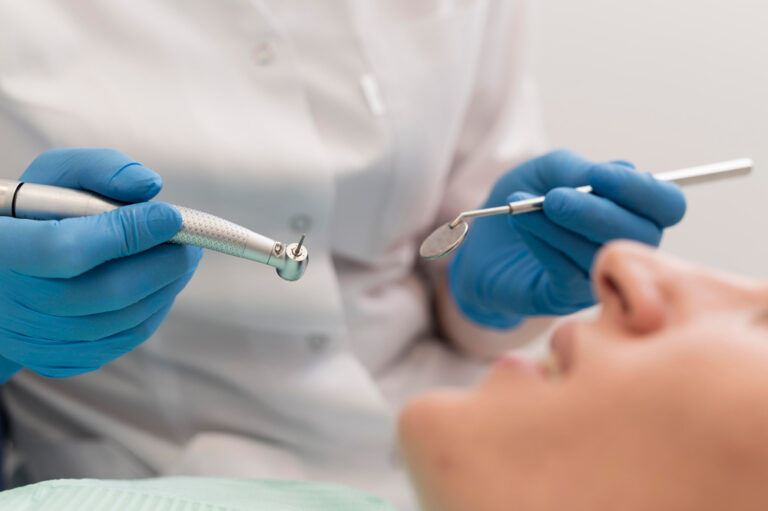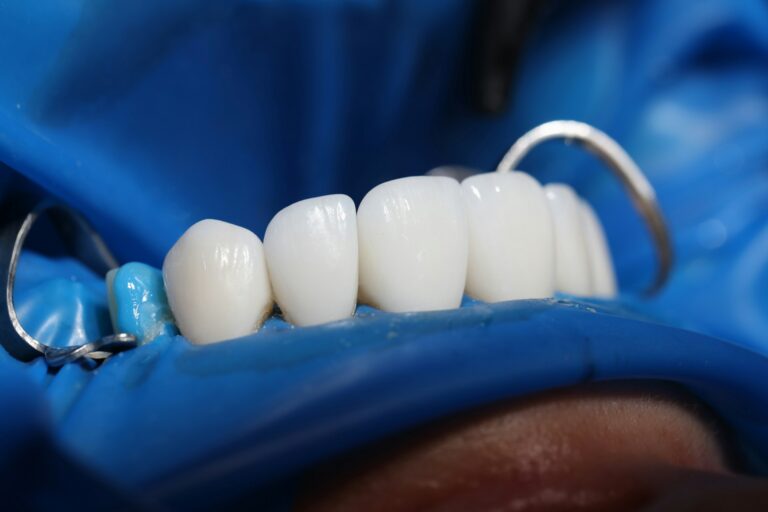Gum grafting is a dental procedure designed to address gum recession, an issue that can lead to tooth sensitivity, decreased oral aesthetics, and bone loss. With gum health playing a significant role in overall well-being, understanding the gum grafting procedure, its benefits, and tips for a smooth recovery is crucial. At Colorado Gum Care Northglenn, CO, our highly experienced dental professionals use this procedure to help patients regain healthy gum tissue and protect their teeth.
In this comprehensive guide, we dive into the gum grafting procedure, explaining its purpose, the different techniques used, and the benefits it offers for maintaining optimal gum health. Furthermore, we provide valuable tips for a smooth recovery, drawing from the expertise of Colorado Gum Care Northglenn, CO’s professionals. Equip yourself with the knowledge and confidence to take the next step in improving your gum health and restoring your radiant smile.
1. Understanding Gum Recession and the Need for Gum Grafting
Gum recession occurs when the gum tissue surrounding the teeth pulls away, exposing more of the tooth or even the tooth’s root. This condition can result from aggressive brushing, periodontal disease, genetic factors, or teeth grinding. When left untreated, gum recession can cause sensitivity, decay, bone loss, and tooth loss. Gum grafting is a surgical procedure that addresses gum recession by adding gum tissue to the affected area, protecting the exposed tooth and its root while improving overall gum health.
2. Types of Gum Grafting Procedures
There are three primary types of gum grafting procedures, with each catering to specific needs and preferences:
Connective Tissue Graft: The most common type of graft, this procedure involves removing a small flap of tissue from the roof of the patient’s mouth (palate) and using it to cover the exposed tooth root. The flap is carefully stitched over the receding gum, structurally reinforcing the area and reducing the risk of further recession.
Free Gingival Graft: Similar to connective tissue grafts, free gingival grafts also use tissue from the patient’s palate. However, instead of removing a flap, a small piece of tissue is extracted directly from the roof of the mouth. This procedure is often recommended for individuals with thin gums, as it helps add bulk to the gum tissue.
Pedicle Graft: This technique utilizes gum tissue adjacent to the tooth with recession. A flap (pedicle) is partially cut from neighboring tissue and pulled up or down to cover the exposed tooth root. Pedicle grafts are suitable for patients who have ample gum tissue near the area of concern, offering a higher success rate as they maintain an uninterrupted blood supply.
3. Benefits of Gum Grafting
Gum grafting offers multiple advantages, including:
Improved Oral Health: Gum grafting helps manage gum recession, preventing further oral health issues such as tooth decay, sensitivity, and bone loss. By protecting the exposed tooth and root, the graft reinforces the structural integrity of the tooth and promotes overall oral health.
Aesthetic Enhancement: Receded gums can lead to an uneven gum line or elongated-looking teeth, affecting the appearance of your smile. Gum grafting restores the natural gum line, enhancing your smile and boosting your self-confidence.
Reduced Tooth Sensitivity: Exposed tooth roots often result in heightened sensitivity to hot and cold foods and beverages. By covering the root with a gum graft, patients experience decreased sensitivity and discomfort after the procedure.
Prevents Further Recession: Gum grafting addresses the root issues of gum recession, like aggressive brushing or periodontal disease, mitigating the risk of the condition worsening with time.
4. Preparing for the Gum Grafting Procedure
Before undergoing gum grafting, it is essential to consult with your dental professional to determine the most suitable graft type for your specific needs. Additionally, inform your dentist about any medications or supplements you are taking, as these may affect the healing process or interact with medications prescribed during your recovery. Quitting smoking and avoiding alcohol consumption can also enhance the graft’s success and promote faster healing.
5. Recovery Tips and Post-Operative Care
Following a gum grafting procedure, it is crucial to adhere to specific care guidelines to ensure a smooth recovery:
Pain Management: Mild to moderate discomfort is expected after the procedure. Your dental professional may prescribe pain relief medications or recommend over-the-counter options to alleviate discomfort.
Control Bleeding: Some bleeding or oozing is normal but can be managed by biting down on a clean gauze pad or tea bag for 20 minutes. Apply gentle pressure, and avoid vigorous activity for at least 24 hours post-surgery.
Avoid Disrupting the Graft Site: Do not touch, brush, or floss the treated area for at least a week or as advised by your dental professional. Rinse your mouth gently with a prescribed antimicrobial solution or a saltwater rinse.
Modify Your Diet: Consume soft, cool foods for the first few days, avoiding spicy dishes or foods with small seeds that can lodge into the graft site. Gradually reintroduce regular foods as your healing progresses and comfort allows.
Avoid Smoking: Smoking can significantly affect your gum graft healing process, leading to complications and potential graft failure. Abstain from smoking for at least two weeks following your procedure.
6. Success Rate and Long-term Maintenance
Gum grafting has a high success rate, with the majority of patients experiencing restored gum lines and improved oral health. Maintaining excellent oral hygiene habits and visiting your dentist for regular checkups are crucial to preserving the graft and protecting against further gum recession. Periodic professional cleanings, proper brushing and flossing techniques, and using a soft-bristled toothbrush are essential for long-term gum health and graft maintenance.
Providing Expert Gum Grafting Care at Colorado Gum Care Northglenn, CO
Gum grafting is a highly effective treatment for gum recession, restoring your gum line’s appearance and enhancing your oral health. At Colorado Gum Care Northglenn, CO, our experienced dental professionals are well-equipped to guide you through the entire gum grafting process, from consultation to recovery.
Don’t let gum recession compromise your oral health and self-confidence. Reach out to the team at Colorado Gum Care Northglenn, CO, to schedule a consultation and explore the gum grafting options best suited to your needs. Experience the benefits of expert dental care and regain your healthy, radiant smile. Contact our dentist in Westminster, CO, today.







